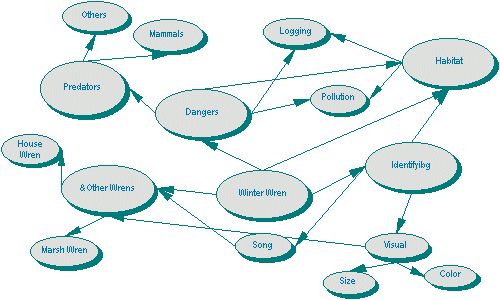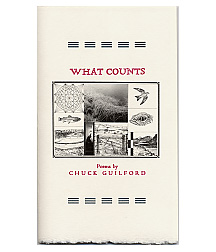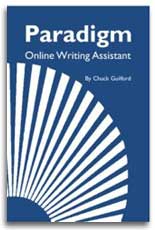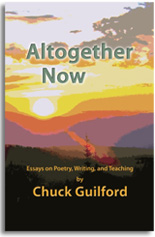Like pyramids, webs and networks organize ideas into meaningful clusters and identify how the clusters are related. Here, however, the design tends to be more freeform and open-ended, with less rigid ranking and with numerous cross links among categories.
This sort of organization, often called mind mapping or cognitive mapping, is especially useful in hypertext and other forms of electronic writing, but is also helpful in planning and organizing writing that will appear on paper:

Making a mind map is a largely intuitive process. Writers identify meaningful chunks (or "nodes") of information, label the chunks, and draw lines (or "links") to show how the chunks are connected as parts of a unified system ("web"). If you want to try a free online aid to mind mapping, visit bubbl.us. It's fast and fun, but not necessary. Pencil and paper work great, too.
Activity
2.6 Using a topic you've already generated or a new one that you're interested in writing about, make a mind map. Do it quickly, using bubbl.us or pencil and paper. Share and compare your mind map with a partner.




